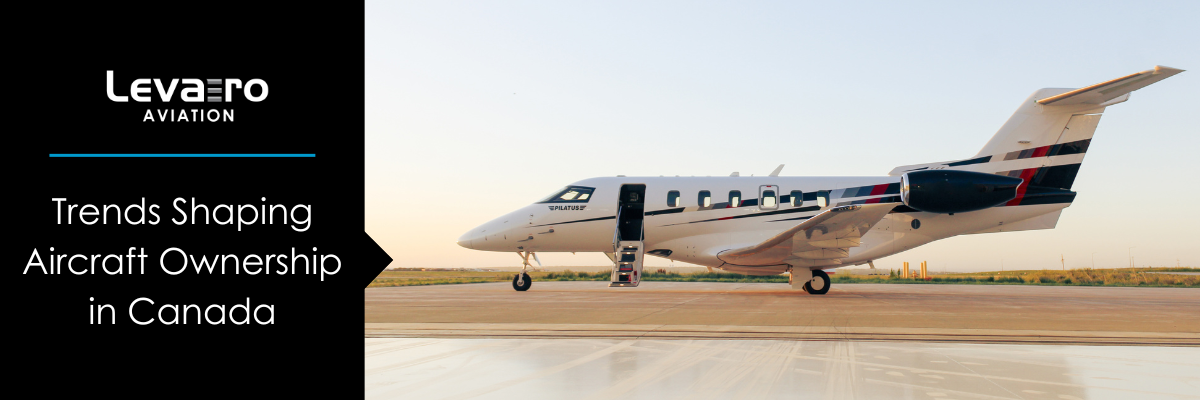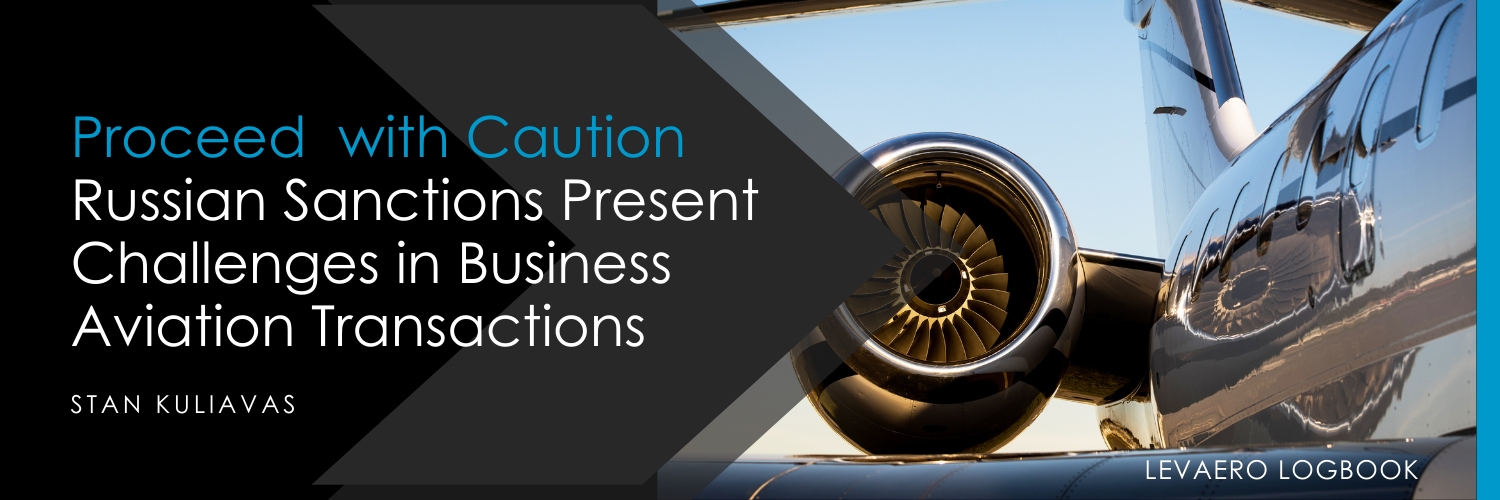Written by Rob Fox
If you ask most seasoned professional pilots what it’s like to fly, they would likely tell you that flying is ‘boring’. What they may or may not also mention, is that a boring flight is, in fact, a good flight. Generally speaking, that means the weather was satisfactory, there were no major delays, and most importantly, there were no mechanical failures. As you can imagine, if your equipment breaks during a flight, your job instantly transitions from boring to anything but.
I have had the privilege of spending more than 5,000 hours of my flying career in the cockpit of a Pilatus PC-12, and if you asked me how that time has been, I would probably say ‘boring’. I am not saying that I have never encountered a ‘snag’ on an airplane I was flying, as that happens to every aircraft, it is the nature of the beast when operating a mechanical vehicle for that many hours. However, I can confidently say that in a PC-12, because mechanical failures are so rare, ‘non-boring’ flights generally had more to do with my own minor mistakes, or with the passengers on board the aircraft, than with the aircraft itself.
Aside from the reliability of the PC-12, two factors that make for good, boring flights are:
- how you plan for your flight
- how you operate the aircraft
Your flight crew, your aircraft maintenance team, proper planning, and good decision making all play a role in a successful flight.
If you are based in the United States, or perhaps in Southern Ontario or another well-populated area, you probably have not experienced flying into a remote northern Canadian community. These airports generally have gravel or snow-covered runways, with little-to-no support outside of a snowplow, a small building for passengers, and a telephone. There is no tower, no weather reporting, no de-ice facilities, and no assistance you may be accustomed to at airports in populated centres. Proper planning is necessary to ensure that you can not only land and taxi the aircraft safely, but also be able to depart the airport safely. These are crucial skills that a good northern Canadian pilot must possess, or learn quickly.
Thinking back, I recall a springtime flight when I failed to use my best judgement after landing at a remote northern Ontario community, at night. We were on a medevac mission, and after landing on a snow and slush-covered runway, I instinctively retracted my flaps as per my company’s standard operating procedures. While waiting an hour for our paramedics to return with the patient, we realized that our flaps had frozen in the retracted position because of the slush accumulation. Unfortunately, this meant we would not be able to depart from the 3,500 ft. runway.
That one oversight meant that my first officer and I had to spend a couple days in the remote community, while the company had to charter another aircraft to fly the paramedics and patient to their destination. An Aircraft Maintenance Engineer, along with their tools and de-ice equipment, were flown in to fix my aircraft. Not only did that mistake cause a delay, but it also cost my company money. If I had done the very same thing at a larger airport, we would have put the airplane into a heated hangar for an hour and the problem would have been solved. Needless to say, that shift was certainly far from “boring” for me!
So, the next time you ask a pilot what flying is really like and they tell you that is is “boring”, you can smartly reply: “You must be good, or just lucky 😉”.




